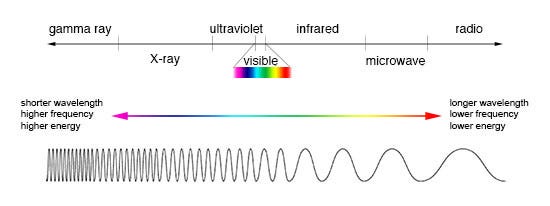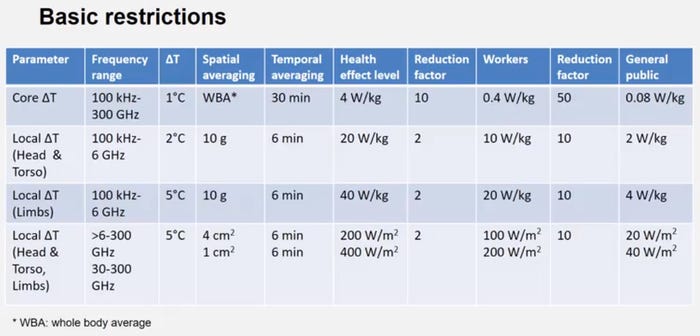Turns out 5G is safe – yayTurns out 5G is safe – yay
Updated guidelines from experts on this sort of thing show that, even at millimetre wave, 5G in its current form poses no additional risk to health.
March 13, 2020

Updated guidelines from experts on this sort of thing show that, even at millimetre wave, 5G in its current form poses no additional risk to health.
The International Commission on Non‐Ionizing Radiation Protection (ICNIRP) has updated its guidelines for the protection of humans exposed to radiofrequency electromagnetic fields. These aren’t so much specific to 5G technology, but to the fact that, as a result of 5G, we’re going to be zapping higher frequencies radio EMF around the place than we had previously.
An important part of the name of the German organisation, which seems to be lost on some of the more unhinged 5G conspiracy theorists, is the ‘non-ionizing’ part. Radio is at the opposite end of the electromagnetic spectrum (see below, credit: NASA’s Imagine the Universe) to ionizing radiation such as gamma rays. That means it’s not mutagenic and any threat it poses concerns local bodily temperature rises, something that increases as you get closer to microwave frequencies.

“We know parts of the community are concerned about the safety of 5G and we hope the updated guidelines will help put people at ease,” said ICNIRP Chairman, Dr Eric van Rongen. “The guidelines have been developed after a thorough review of all relevant scientific literature, scientific workshops and an extensive public consultation process. They provide protection against all scientifically substantiated adverse health effects due to EMF exposure in the 100 kHz to 300 GHz range.”
The main changes to the organization’s first lot of recommendations on radio for mobile, published in 1998, concern frequencies above 6 GHz. They include: the addition of a restriction for exposure to the whole body; the addition of a restriction for brief (less than 6 minute) exposures to small regions of the body; and the reduction of the maximum exposure permitted over a small region of the body. You can see then summarised in the table below, which was taken from a video you can view here.

“When we revised the guidelines, we looked at the adequacy of the ones we published in 1998. We found that the previous ones were conservative in most cases, and they’d still provide adequate protection for current technologies,” said Van Rongen. “However, the new guidelines provide better and more detailed exposure guidance in particular for the higher frequency range, above 6 GHz, which is of importance to 5G and future technologies using these higher frequencies. The most important thing for people to remember is that 5G technologies will not be able to cause harm when these new guidelines are adhered to.”
Of course this won’t stop some people hearing the word ‘radiation’ and thinking nuclear fallout or being turned into the Incredible Hulk, but for the rest of us this seems to put the matter to rest. Conflating correlation with causation is a common mistake among paranoid types, which is why some nutters are even trying to draw a line between the coronavirus pandemic and 5G. Ignore them.
About the Author
You May Also Like










.png?width=300&auto=webp&quality=80&disable=upscale)


_1.jpg?width=300&auto=webp&quality=80&disable=upscale)